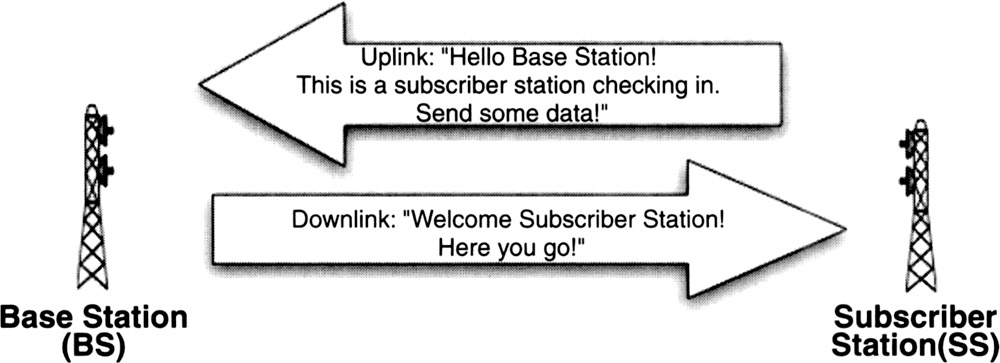OFDM: The "Big So What?!" of WiMAX
OFDM is what puts the max in WiMAX. OFDM is not new. Bell Labs originally patented it in 1970, and it became incorporated in various digital subscriber line (DSL) technologies as well as in 802.11a. OFDM is based on a mathematical process called Fast Fourier Transform (FFT), which enables 52 channels to overlap without losing their individual characteristics (orthogonality). This is a more efficient use of the spectrum and enables the channels to be processed at the receiver more efficiently. OFDM is especially popular in wireless applications because of its resistance to forms of interference and degradation. In short, OFDM delivers a wireless signal much farther with less interference than competing technologies. Figure 1 provides an illustration of how OFDM works.
TDD and FDD
WiMAX supports both time division duplex (TDD) and frequency division duplex (FDD) operation. TDD is a technique in which the system transmits and receives within the same frequency channel, assigning time slices for transmit and receive modes. FDD requires two separate frequencies generally separated by 50 to 100 MHz within the operating band. TDD provides an advantage where a regulator allocates the spectrum in an adjacent block. With TDD, band separation is not needed, as is shown in Figure 2. Thus, the entire spectrum allocation is used efficiently both upstream and downstream and where traffic patterns are variable or asymmetrical.
In FDD systems, the downlink (DL) and uplink (UL) frame structures are similar except that the DL and UL are transmitted on separate channels. When half-duplex FDD (H-FDD) subscriber stations (SSs) are present, the base station (BS) must ensure that it does not schedule an H-FDD SS to transmit and receive at the same time.
Adaptive Antenna System (AAS)
AAS is used in the WiMAX specification to describe beam-forming techniques where an array of antennas is used at the BS to increase gain to the intended SS while nulling out interference to and from other SSs and interference sources. AAS techniques can be used to enable Spatial Division Multiple Access (SDMA), so multiple SSs that are separated in space can receive and transmit on the same subchannel at the same time. By using beam forming, the BS is able to direct the desired signal to the different SSs and can distinguish between the signals of different SSs, even though they are operating on the same subchannel(s), as shown in Figure 4.








No comments:
Post a Comment